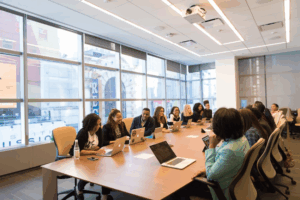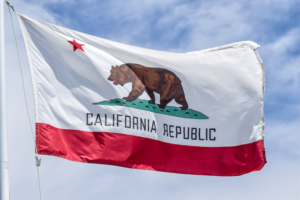[From the President’s Desk] ①Transportation Situations Across the United States
This time, let’s talk about something a bit different — the unique transportation situations across the U.S.

Starting with Manhattan and its surrounding areas — New York City, Westchester County, Long Island, and the state of New Jersey. The region is cut through by rivers and inlets, all connected by bridges and tunnels. While the varied geography makes for beautiful scenery, it also creates major challenges when it comes to traffic and commuting.
On the New York side, the city and surrounding areas are linked by subways and commuter rail systems. Especially within New York City, it’s one of the very few places in the U.S. where you can live comfortably without owning a car. The extensive bus network also means there are many residents without cars or even driver’s licenses. For those coming from Japanese cities, where public transit is highly developed, life in New York feels familiar and convenient.
However, once you cross the Hudson River into New Jersey, the situation is completely different. The only area directly connected to Manhattan by subway is Jersey City and its surroundings. Other regions rely on one-way bus routes heading into Manhattan. Commuting in the opposite direction—from Manhattan to New Jersey—is quite rare and inconvenient. Bridge and tunnel tolls are uniformly around $18 one way, and if you’re driving from New Jersey to JFK Airport, you’ll need to cross two bridges or tunnels, meaning double the tolls (unfortunately, this is no exaggeration!).
When I lived in Manhattan, I used to think of New Jersey as “the countryside.” But now that I’ve become a New Jersey resident, my perspective has changed—I feel that this is the real America.

Let’s take a look at other cities across the U.S.
Cities like Washington, D.C. and Boston also have rivers and inlets, but none impose the kind of outrageous tolls seen in New York. In most other major cities—Chicago, Los Angeles (where urban sprawl has caused people to move away from downtown), Houston, and Atlanta—commuting areas and job-search ranges are much wider. Only San Francisco stands out as being rather inconvenient, much like a smaller Manhattan.
Incidentally, both Atlanta and Washington, D.C. have only one major highway loop around the city, which in recent years has resulted in severe traffic congestion. In contrast, Houston, Texas, has three highway loops. Although traffic jams do occur, they tend to be much shorter in duration.
Cities like Houston, Dallas–Fort Worth, and Austin in Texas have abundant land and well-thought-out urban planning that anticipates future growth. Watching how these cities and regions continue to expand is truly exciting.
For many Japanese people, New York and Los Angeles are still considered the most desirable U.S. cities. However, by seeing and experiencing these other, rapidly changing parts of America, one’s perspective—and perhaps even one’s way of life—can change dramatically.
Written by Masato Fujihara, President
Interesse International Group
Came to New York as an expatriate for an HR company in January 1994. Became independent in 1996 and started own business in defiance of return-to-Japan order by the company. Currently, Interesse International Group has 11 locations in the United States and established a Japanese subsidiary in 2022. With 30 years of knowledge and experience in the HR industry, Interesse International Group delivers practical information to clients.


